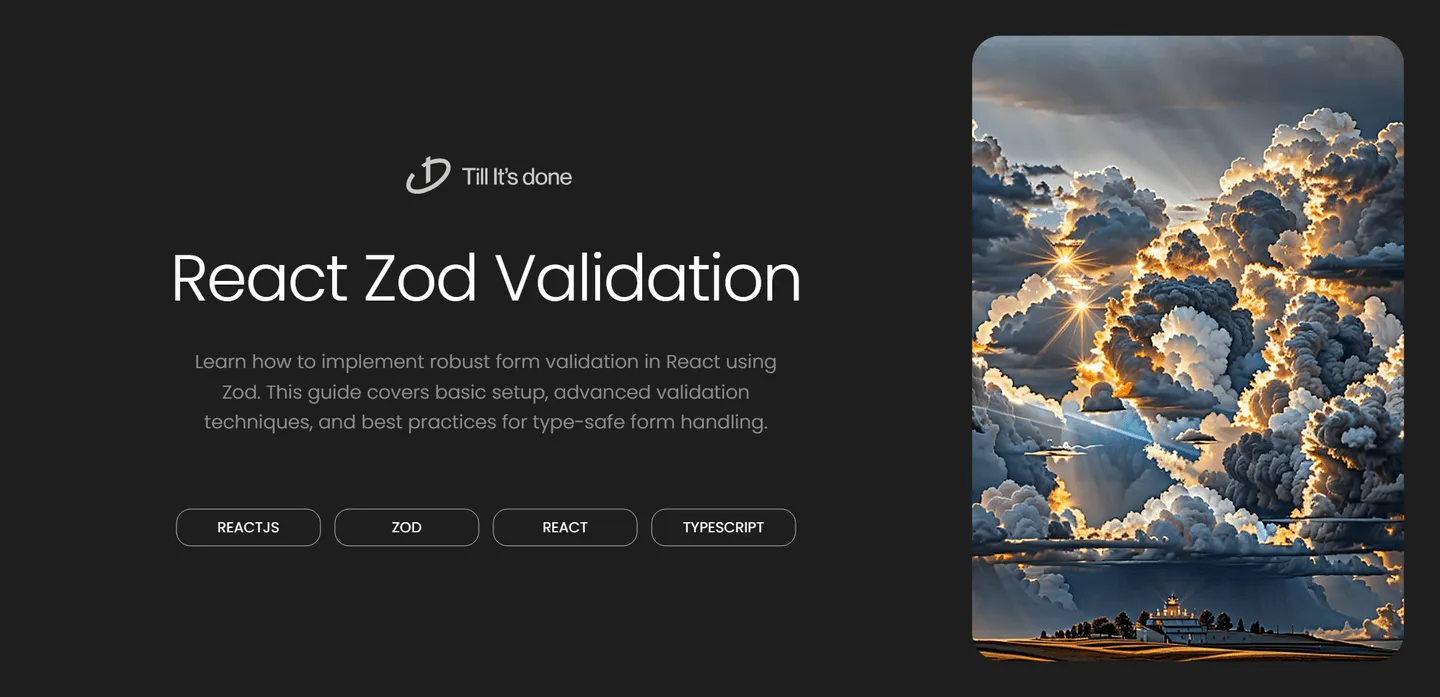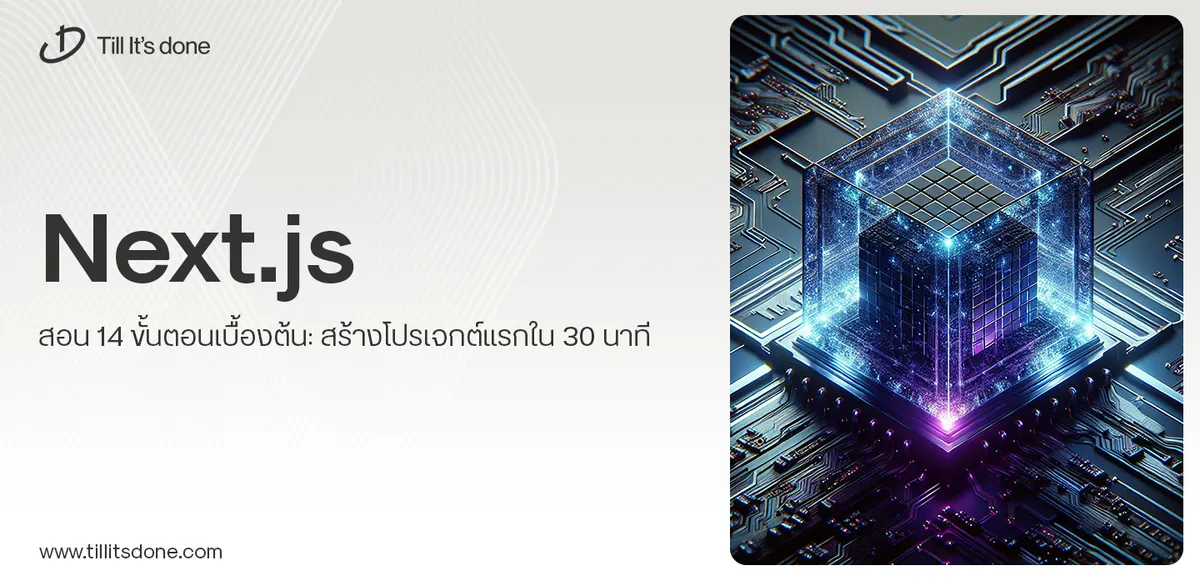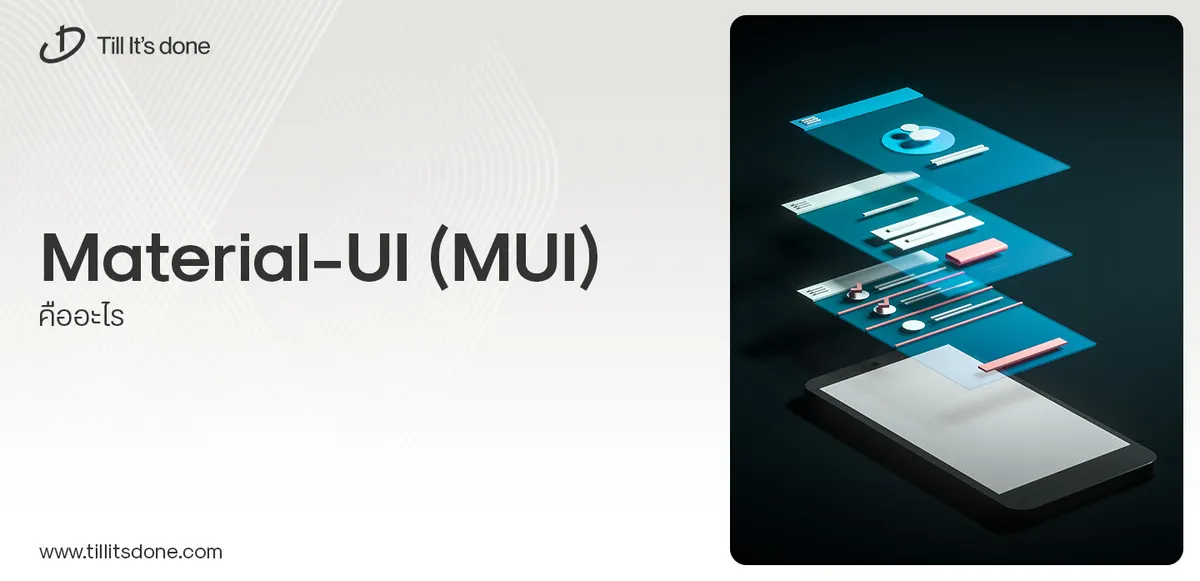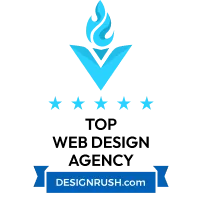- Services
- Case Studies
- Technologies
- NextJs development
- Flutter development
- NodeJs development
- ReactJs development
- About
- Contact
- Tools
- Blogs
- FAQ
Integrating Zod for Form Validation in React
This guide covers basic setup, advanced validation techniques, and best practices for type-safe form handling.


Integrating Zod for Form Validation in React
As developers, we’ve all been there – wrestling with form validation in React applications. While there are many solutions available, Zod has emerged as a powerful and type-safe validation library that seamlessly integrates with React applications. Let’s dive into how we can leverage Zod to create robust form validation systems.
Understanding Zod’s Basic Concepts
Zod is a TypeScript-first schema validation library that helps ensure your data matches the expected shape and type. It’s particularly powerful when combined with React forms because it provides runtime validation with compile-time type inference.

Setting Up Your Project
First, let’s install the necessary dependencies:
npm install zod react-hook-form @hookform/resolvers/zodCreating Your First Validated Form
Let’s create a simple registration form with Zod validation:
import { z } from 'zod';import { useForm } from 'react-hook-form';import { zodResolver } from '@hookform/resolvers/zod';
// Define your validation schemaconst registrationSchema = z.object({ username: z.string() .min(3, 'Username must be at least 3 characters') .max(20, 'Username cannot exceed 20 characters'), email: z.string() .email('Please enter a valid email'), password: z.string() .min(8, 'Password must be at least 8 characters') .regex(/[A-Z]/, 'Password must contain at least one uppercase letter') .regex(/[0-9]/, 'Password must contain at least one number'),});
// Infer the TypeScript type from the schematype RegistrationForm = z.infer<typeof registrationSchema>;
const RegistrationForm = () => { const { register, handleSubmit, formState: { errors }, } = useForm<RegistrationForm>({ resolver: zodResolver(registrationSchema), });
const onSubmit = (data: RegistrationForm) => { console.log(data); // Handle form submission };
return ( <form onSubmit={handleSubmit(onSubmit)}> <div> <input {...register('username')} placeholder="Username" /> {errors.username && <span>{errors.username.message}</span>} </div>
<div> <input {...register('email')} placeholder="Email" /> {errors.email && <span>{errors.email.message}</span>} </div>
<div> <input type="password" {...register('password')} placeholder="Password" /> {errors.password && <span>{errors.password.message}</span>} </div>
<button type="submit">Register</button> </form> );};
Advanced Validation Techniques
Zod really shines when handling complex validation scenarios. Here’s how you can implement more advanced validations:
const advancedSchema = z.object({ password: z.string().min(8), confirmPassword: z.string()}).refine((data) => data.password === data.confirmPassword, { message: "Passwords don't match", path: ["confirmPassword"], // path of error});
const customMessages = z.object({ age: z.number() .min(18, { message: "You must be at least 18 years old" }) .max(100, { message: "Age cannot exceed 100 years" })});
const conditionalValidation = z.object({ employmentStatus: z.enum(["employed", "unemployed", "student"]), companyName: z.string().optional()}).refine( (data) => { if (data.employmentStatus === "employed") { return !!data.companyName; } return true; }, { message: "Company name is required when employed", path: ["companyName"], });Best Practices and Tips
- Reusable Schemas: Create base schemas that can be extended for different forms
- Custom Error Messages: Use Zod’s error mapping for consistent error messages
- Type Safety: Leverage TypeScript integration for better development experience
- Async Validation: Implement custom async validators for API-dependent validation
Performance Considerations
When working with Zod, keep these performance tips in mind:
- Cache your validation schemas outside components
- Use error mapping for internationalization
- Implement debouncing for real-time validation
Conclusion
Zod provides a powerful, type-safe approach to form validation in React applications. By combining it with react-hook-form, we get a robust solution that handles both simple and complex validation scenarios while maintaining excellent developer experience.

 สร้างเว็บไซต์ 1 เว็บ ต้องใช้งบเท่าไหร่? เจาะลึกทุกองค์ประกอบ website development cost อยากสร้างเว็บไซต์แต่ไม่มั่นใจในเรื่องของงบประมาณ อ่านสรุปเจาะลึกตั้งแต่ดีไซน์, ฟังก์ชัน และการดูแล พร้อมตัวอย่างงบจริงจาก Till it’s done ที่แผนชัด งบไม่บานปลายแน่นอน
สร้างเว็บไซต์ 1 เว็บ ต้องใช้งบเท่าไหร่? เจาะลึกทุกองค์ประกอบ website development cost อยากสร้างเว็บไซต์แต่ไม่มั่นใจในเรื่องของงบประมาณ อ่านสรุปเจาะลึกตั้งแต่ดีไซน์, ฟังก์ชัน และการดูแล พร้อมตัวอย่างงบจริงจาก Till it’s done ที่แผนชัด งบไม่บานปลายแน่นอน  Next.js สอน 14 ขั้นตอนเบื้องต้น: สร้างโปรเจกต์แรกใน 30 นาที เริ่มต้นกับ Next.js ใน 14 ขั้นตอนเพียงแค่ 30 นาที พร้อม SSR/SSG และ API Routes ด้วยตัวอย่างโค้ดง่าย ๆ อ่านต่อเพื่อสร้างโปรเจ็กต์แรกได้ทันทีที่นี่
Next.js สอน 14 ขั้นตอนเบื้องต้น: สร้างโปรเจกต์แรกใน 30 นาที เริ่มต้นกับ Next.js ใน 14 ขั้นตอนเพียงแค่ 30 นาที พร้อม SSR/SSG และ API Routes ด้วยตัวอย่างโค้ดง่าย ๆ อ่านต่อเพื่อสร้างโปรเจ็กต์แรกได้ทันทีที่นี่  วิธีสมัคร Apple Developer Account เพื่อนำแอปขึ้น App Store ทีละขั้นตอน อยากปล่อยแอปบน App Store ระดับโลก มาอ่านคู่มือสมัคร Apple Developer Account พร้อมเคล็ดลับ TestFlight และวิธีอัปโหลดที่ง่ายในบทความเดียวนี้ได้เลย
วิธีสมัคร Apple Developer Account เพื่อนำแอปขึ้น App Store ทีละขั้นตอน อยากปล่อยแอปบน App Store ระดับโลก มาอ่านคู่มือสมัคร Apple Developer Account พร้อมเคล็ดลับ TestFlight และวิธีอัปโหลดที่ง่ายในบทความเดียวนี้ได้เลย  TypeScript Interface คืออะไร? อธิบายพร้อมวิธีใช้และข้อแตกต่างจาก Type เรียนรู้วิธีใช้ TypeScript Interface เพื่อสร้างโครงสร้างข้อมูลที่ปลอดภัยและเข้าใจง่าย พร้อมเปรียบเทียบข้อดีข้อแตกต่างกับ Type ที่คุณต้องรู้ ถูกรวมเอาไว้ในบทความนี้แล้ว
TypeScript Interface คืออะไร? อธิบายพร้อมวิธีใช้และข้อแตกต่างจาก Type เรียนรู้วิธีใช้ TypeScript Interface เพื่อสร้างโครงสร้างข้อมูลที่ปลอดภัยและเข้าใจง่าย พร้อมเปรียบเทียบข้อดีข้อแตกต่างกับ Type ที่คุณต้องรู้ ถูกรวมเอาไว้ในบทความนี้แล้ว  Material-UI (MUI) คืออะไร อยากสร้าง UI สวยงามและเป็นมืออาชีพในเวลาอันรวดเร็วใช่ไหม มาทำความรู้จักกับ Material-UI (MUI) ที่ช่วยให้คุณพัฒนาแอปพลิเคชันบน React ได้ง่ายและดูดีในทุกอุปกรณ์
Material-UI (MUI) คืออะไร อยากสร้าง UI สวยงามและเป็นมืออาชีพในเวลาอันรวดเร็วใช่ไหม มาทำความรู้จักกับ Material-UI (MUI) ที่ช่วยให้คุณพัฒนาแอปพลิเคชันบน React ได้ง่ายและดูดีในทุกอุปกรณ์  เปรียบเทียบ 3 วิธีติดตั้ง install node js บน Ubuntu: NVM vs NodeSource vs Official Repo แบบไหนดีที่สุด? เรียนรู้วิธีติดตั้ง Node.js บน Ubuntu ด้วย NVM, NodeSource หรือ Official Repo เลือกวิธีที่เหมาะกับความต้องการของคุณ พร้อมเปรียบเทียบ เพื่อการพัฒนาที่มีประสิทธิภาพ!
เปรียบเทียบ 3 วิธีติดตั้ง install node js บน Ubuntu: NVM vs NodeSource vs Official Repo แบบไหนดีที่สุด? เรียนรู้วิธีติดตั้ง Node.js บน Ubuntu ด้วย NVM, NodeSource หรือ Official Repo เลือกวิธีที่เหมาะกับความต้องการของคุณ พร้อมเปรียบเทียบ เพื่อการพัฒนาที่มีประสิทธิภาพ! Talk with CEO
We'll be right here with you every step of the way.
We'll be here, prepared to commence this promising collaboration.
Whether you're curious about features, warranties, or shopping policies, we provide comprehensive answers to assist you.


